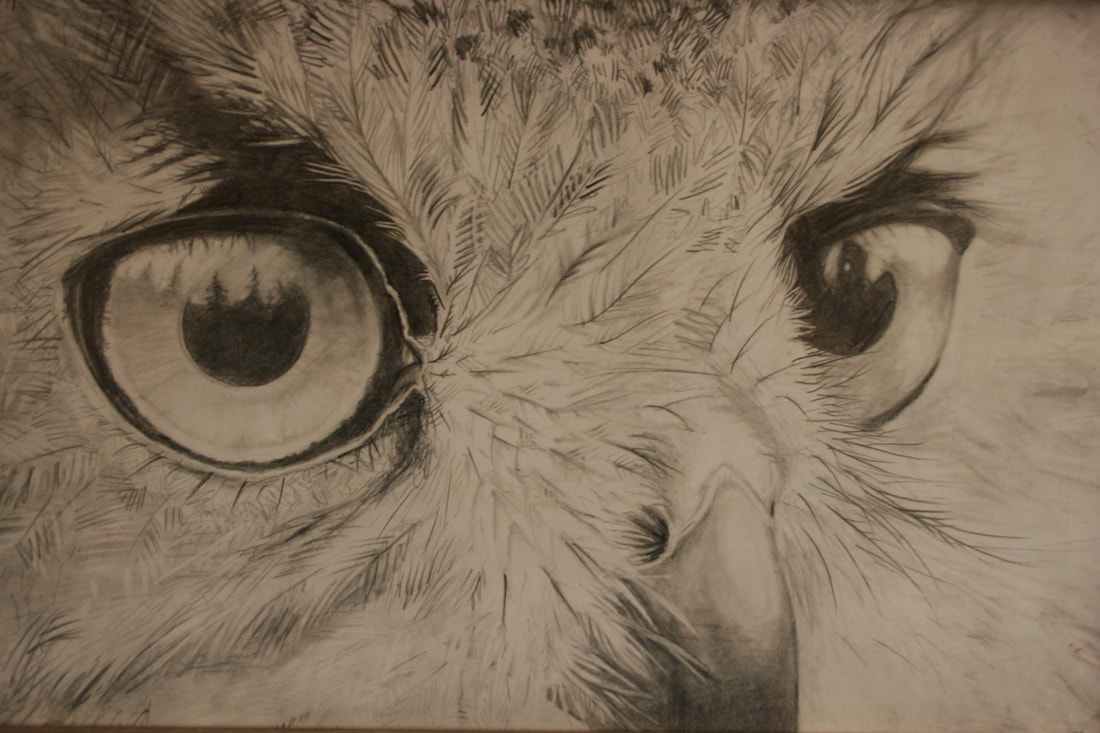|
Copper River Record September 2014
By Janelle Eklund The day was September 22. Heavy grey clouds hung low in the sky. A small cold drizzle surrounded us educators as we all piled in the Van and headed up the Tok cutoff to Slana School. The further we went the more the drizzle turned in to rain, then sleet, then heavy wet flakes of snow. Eventually the ground turned white. Talk in the warm van turned to should we have the Changing Seasons program inside? The consensus was 'no'. WISE had already prepped the students to dress in layers with warm sweaters, coats, hats, gloves, boots, and rain gear. And thanks to a kind donation from Victor Bailey and Beryl Wardlaw WISE was able to supply rain gear for those without. In essence, we were 'adapting' to the changing season. Upon arrival at the school we were delighted to see no 'white' on the ground but it was still raining and snowing. It was the perfect lead-in to Changing Seasons. Since there was a small group of students we set up two pop-up shelters adjacent to each other and dodged the drips between them and those leaking through worn areas in need of repair. The other days in Glennallen and Kenny Lake proved to be without precipitation, mostly sunny with crisp fall air. Everyone adapted by putting on and taking off layers. Weather is one of the first clues that seasons change, as demonstrated on the mountain and valley diorama by Ann Biddle (Kenny Lake Soil and Water Conservation District). Water balloons became heavy clouds bumping against mountain peaks. There seemed to be lots of downpours of rain or snow as one pin prick and the cloud exploded - much to the delight of students. As the weather changes in the fall all the animals, birds, and other critters either hibernate, migrate, or adapt (taught by Marnie Graham, BLM and Glenn Hart, NPS) to compensate for the deep dark cold winter days. Yes, even humans like to either migrate, hibernate or adapt! Fish (taught by Molly McCormick, NPS) also adapt to their different habitats and foods they eat and some even migrate. Sun, soil, water, and air connect all these animals, birds, fish and plants, in the web of life (taught by Janelle Eklund and Lyda Rossi, WISE), playing an important role in migrating, hibernating or adapting. What will you do this winter - migrate, hibernate or adapt? Thanks to all the partners, funders and Copper River School District for the eleventh successful year of the Changing Seasons program. Funding for this program was provided by BLM “Take it Outside” initiative, Wrangell-St. Elias National Park and Preserve, and generous WISE donors.
0 Comments
Leave a Reply. |
Who We AreWISEfriends are several writers connected with Wrangell Institute for Science and Environment, a nonprofit organization located in Alaska's Copper River Valley. Most of these articles originally appeared in our local newspaper, the Copper River Record. Archives
August 2021
Categories
All
|
|
WISE is a
501(c)3 nonprofit organization |
Contact Us |


 RSS Feed
RSS Feed
